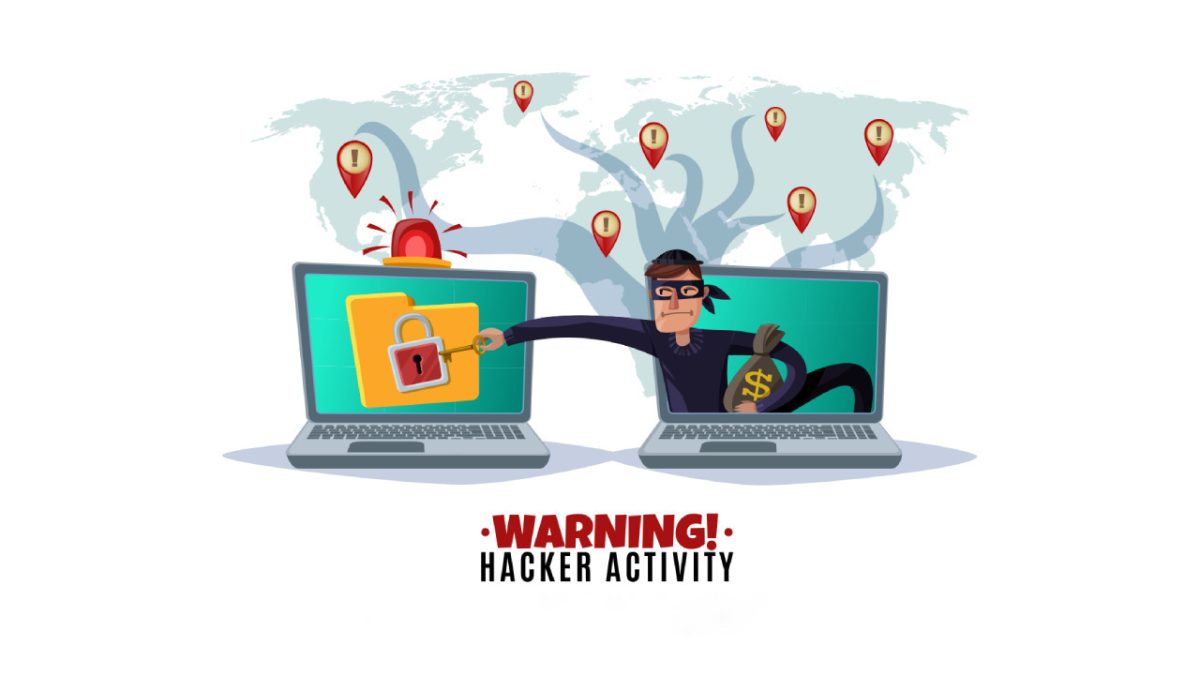Introduction:
In the dynamic and ever-evolving landscape of the digital world, websites serve as virtual storefronts for businesses, platforms for creators, and hubs for information dissemination. However, this technological prowess comes at a cost — the constant threat of cyber attacks. This blog aims to unravel the vulnerabilities that plague today’s tech world of websites, particularly those powered by WordPress. We’ll delve into the intricacies of extensions, plugins, and third-party services that can transform WordPress websites into fortresses of security, making them the first choice for informational websites in an era of growing cybersecurity concerns.
Chapter 1: The Vulnerable Web — Unveiling the Threat Landscape
1.1 The Pervasiveness of Cyber Threats:
- The internet, while a vast repository of information and connectivity, is also a breeding ground for cyber threats. From common vulnerabilities to sophisticated attacks, websites face an array of risks that necessitate a proactive approach to cybersecurity.
1.2 Understanding WordPress Vulnerabilities:
- WordPress, powering a significant portion of the internet, is both a target and a battleground for cybercriminals. Exploiting vulnerabilities in themes, plugins, and outdated software, hackers can compromise the security of WordPress websites, leading to data breaches, defacements, and service disruptions.
1.3 Real-world Consequences of Cyber Attacks:
- The aftermath of a successful cyber attack on a website can be catastrophic. From financial losses to reputational damage, the consequences underscore the importance of implementing robust security measures.
Chapter 2: WordPress Security Essentials — A Holistic Approach
2.1 Latest WordPress Updates:
- Keeping the WordPress core, themes, and plugins updated is the first line of defense against potential vulnerabilities. This chapter will explore the importance of timely updates and how they contribute to overall website security.
2.2 User Authentication and Access Control:
- Strong authentication practices and access controls are critical components of WordPress security. Exploring strategies such as multi-factor authentication and role-based access can fortify the website against unauthorized access.
2.3 Regular Backups:
- The significance of regular backups in mitigating the impact of cyber attacks cannot be overstated. This section will delve into backup strategies, including frequency, storage locations, and the restoration process.
Chapter 3: Fortifying the Perimeter — WordPress Security Plugins
3.1 Firewalls and Intrusion Detection Systems (IDS):
- Firewalls and IDS plugins act as sentinels, monitoring and filtering incoming traffic. This chapter will explore popular WordPress security plugins that offer robust firewall and IDS functionalities.
3.2 Malware Scanning and Removal:
- Malware poses a persistent threat to websites. Examining WordPress security plugins equipped with malware scanning and removal capabilities will shed light on proactive measures to safeguard websites.
3.3 Login Security Plugins:
- A significant number of cyber attacks target login credentials. This section will discuss WordPress plugins designed to enhance login security, including features such as login attempt monitoring, CAPTCHA, and brute force protection.
3.4 Security Auditing Plugins:
- Continuous monitoring and auditing are essential aspects of cybersecurity. This chapter will explore WordPress security plugins that facilitate regular audits, helping identify and address vulnerabilities before they can be exploited.
Chapter 4: The Role of Extensions — Strengthening WordPress Security
4.1 SSL Certificates:
- SSL certificates are fundamental to encrypting data in transit. This section will elaborate on the importance of SSL certificates and the process of implementing them for a secure and encrypted connection.
4.2 Content Delivery Networks (CDNs):
- CDNs enhance website performance and security. Exploring how CDNs work, the benefits they offer, and how they can be seamlessly integrated into WordPress websites will be the focus of this chapter.
4.3 Web Application Firewalls (WAFs):
- WAFs provide an additional layer of protection by filtering and monitoring HTTP traffic. This section will discuss WordPress-compatible WAF extensions and their role in safeguarding websites from various online threats.
4.4 DNS Security Extensions:
- DNS security is often overlooked but crucial for website security. Investigating DNS security extensions for WordPress will shed light on preventing DNS-related attacks and enhancing overall security.
Chapter 5: Third-party Services — Collaboration for Security Excellence
5.1 Managed WordPress Hosting:
- Collaborating with a reliable hosting provider is foundational to website security. This chapter will delve into the features and benefits of managed WordPress hosting services that prioritize security.
5.2 Security Scanning and Monitoring Services:
- External security scanning and monitoring services can provide an extra layer of vigilance. This section will explore third-party services that offer comprehensive security assessments and monitoring for WordPress websites.
5.3 Incident Response Services:
- Preparing for the worst is a key tenet of cybersecurity. Investigating incident response services and how they can aid in the aftermath of a security breach will be the focal point of this chapter.
Chapter 6: Best Practices and Future Trends
6.1 Educating Website Administrators:
- Knowledge is power, especially in the realm of cybersecurity. This chapter will emphasize the importance of educating website administrators on security best practices, awareness campaigns, and ongoing training.
6.2 Collaborative Security Communities:
- The tech world thrives on collaboration. Exploring the role of collaborative security communities, both online and offline, in sharing threat intelligence and fostering a collective defense against cyber threats.
6.3 Emerging Technologies and Trends:
- The landscape of cybersecurity is ever-evolving. This section will delve into emerging technologies and trends, such as artificial intelligence, blockchain, and zero-trust architectures, and their potential impact on WordPress website security.
Conclusion: Crafting a Secure Future for WordPress Websites
In conclusion, fortifying WordPress websites against the myriad threats that pervade the digital realm requires a holistic and proactive approach. By understanding the vulnerabilities, implementing security essentials, leveraging WordPress security plugins, deploying extensions, and collaborating with third-party services, website administrators can transform their platforms into bastions of security.
As technology advances and cyber threats become more sophisticated, the continuous evolution of security practices, education, and collaboration will be paramount. WordPress, with its vast community and extensible architecture, has the potential to lead the charge in setting new standards for website security. In an era where information is the currency of the digital age, safeguarding the virtual realm is not just a choice but an imperative for a secure and interconnected future.



